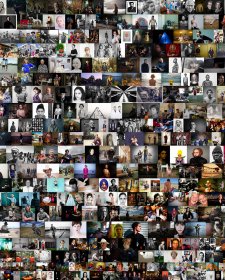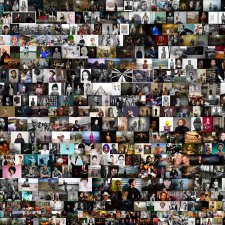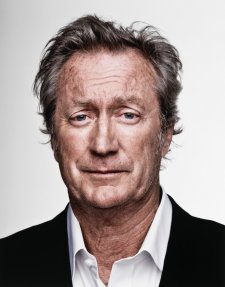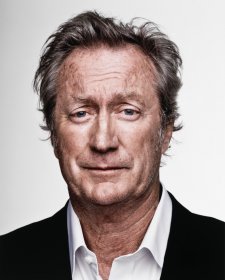- About us
- Support the Gallery
- Venue hire
- Publications
- Research library
- Organisation chart
- Employment
- Contact us
- Make a booking
- Onsite programs
- Online programs
- School visit information
- Learning resources
- Little Darlings
- Professional learning
Barry Otto (b. 1941), film and stage actor, was nominated for AFI awards for Bliss (1985) and The More Things Change (1986) before receiving the Best Supporting Actor award for Strictly Ballroom (1992). He was later nominated for Cosi (1996). His subsequent films include Oscar and Lucinda (1997), Australia (2008), The Great Gatsby (2013) and The Dressmaker (2015). On stage, Otto appeared in Neil Armfield's first Nimrod production, Upside Down at the Bottom of the World (1979), Barrie Kosky’s two-part Faust for the Melbourne Theatre Company (1993) Judy Davis’s production of Barrymore (1999) and Moliere’s Tartuffe at the Malthouse Theatre in 2008. Otto's plaque in the 'Theatre Walk' at Walsh Bay on Sydney Harbour was unveiled in December 2010. Recently seen in the television series Rake (2016) and Sisters (2017), he is the subject of a forthcoming documentary, Otto on Otto, made by his daughter Gracie Otto.
Otto has been a keen painter since his Brisbane boyhood. He entered a portrait of his daughter, Miranda, also an actor, in the Archibald Prize in early 2009, and has recently shown more than thirty works in the exhibition A Romantic Obsession at Artsite Gallery, Camperdown. Otto's dual interests explain Peter Brew-Bevan's choice of the Latin word dichotomia, meaning a dividing of the whole into two parts, for the title of his portrait.
National Photographic Portrait Prize 2009 Finalist
Gift of the artist 2010
© Peter Brew-Bevan
Peter Brew-Bevan (10 portraits)



On one level The Companion talks about the most famous and frontline Australians, but on another it tells us about ourselves.



Sarah Engledow picks some favourites from a decade of the National Photographic Portrait Prize.



Featuring striking photographic portraits of contemporary figures from the National Portrait Gallery collection, The Look is an aesthetic treat with a lashing of je ne sais quoi.